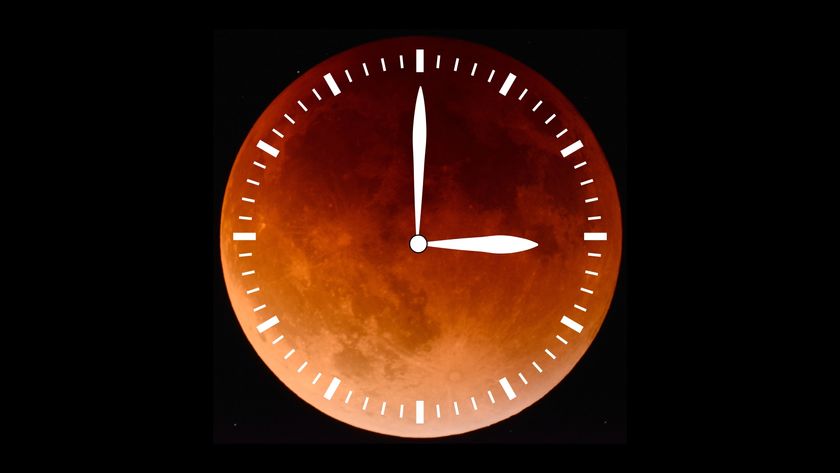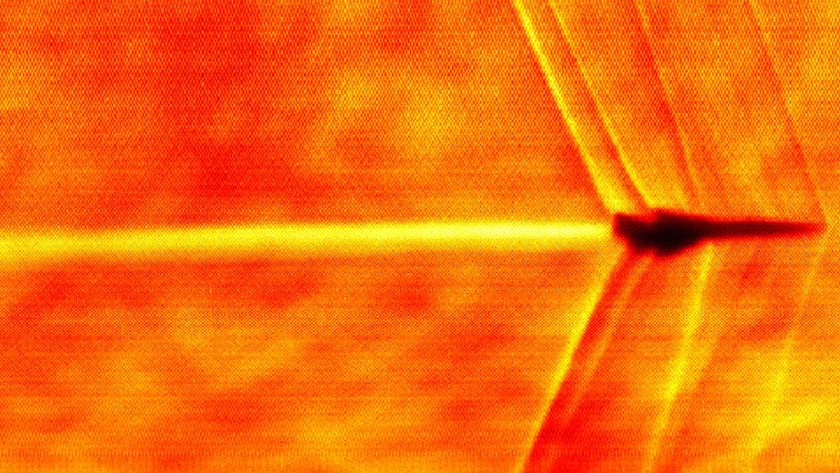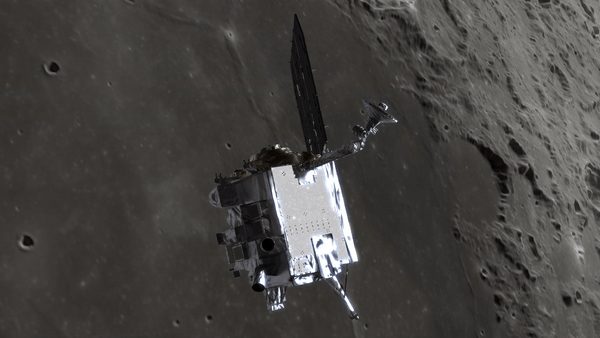SpaceX to Launch 1st Reused Dragon Spacecraft Saturday: Watch It Live
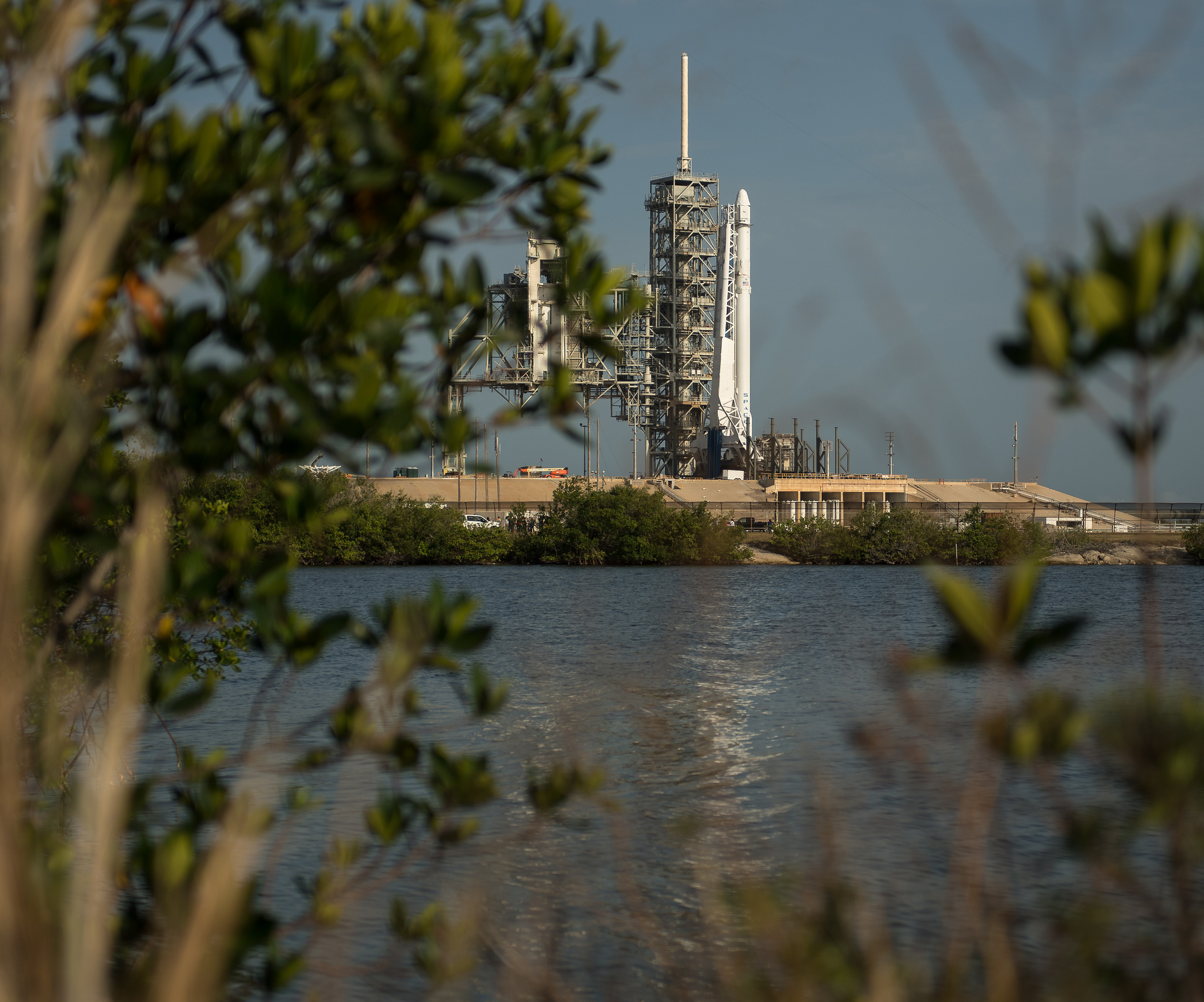
SpaceX aims to launch a reused Dragon spacecraft for the first time Saturday (June 3), and you can watch the momentous mission live.
Seated atop a SpaceX Falcon 9 rocket, the Dragon is slated to lift off from the historic Pad 39-A at NASA's Kennedy Space Center in Florida at 5:07p.m. EDT (2107 GMT), beginning its three-day journey to deliver cargo to the International Space Station. The launch was originally scheduled to occur Thursday (June 1), but lightning scrubbed that attempt.
Watch the Dragon blast off — followed by another upright rocket booster landing — live here at Space.com, courtesy of SpaceX. The live webcast begins at 4:30 p.m. EDT (2030 GMT). You can also watch live coverage on NASA TV or via the SpaceX website.
The last time this particular vessel flew to space was with the CRS-4 cargo mission in 2014. That mission was one of the 12 that SpaceX has agreed to fly for NASA, to deliver supplies and science experiments to the International Space Station. Thursday's flight, titled CRS-11, will be the 11th, carrying about 6,000 lbs. (2,700 kilograms) of cargo. [6 Fun Facts About SpaceX]
After they undock from the space station, Dragon spacecraft have always returned to Earth by splashing down in the ocean. But never before has one of these capsules been retrieved, refurbished and reflown.
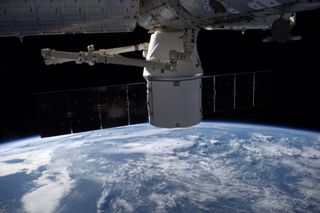
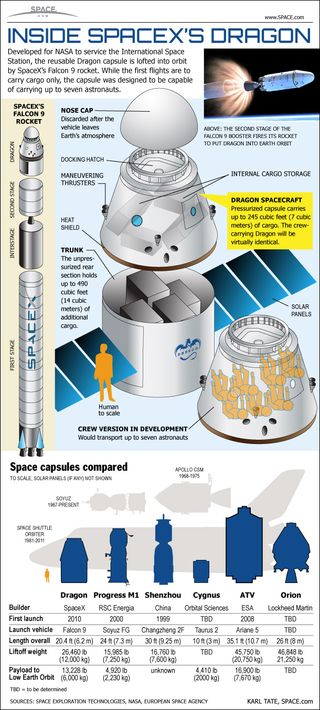
In another historic first, SpaceX launched and landed a used Falcon 9 rocket in March. With Thursday's flight, the private spaceflight company aims to move one giant leap closer to full reusability of its launch vehicles — a lofty goal, but one that would help the spaceflight industry to spare the cost of continuing to build non-reusable rockets in the future.
Once SpaceX has demonstrated the reusability of both its first-stage rocket booster and the Dragon capsule, the next big step is to make the second-stage rocket booster and payload fairing reusable as well, Hans Koenigsmann, vice president of flight reliability at SpaceX, said during a news conference on Wednesday (May 31).
Get the Space.com Newsletter
Breaking space news, the latest updates on rocket launches, skywatching events and more!
The second stage of the Falcon 9 rocket ignites after the first stage separates and returns to Earth, while the payload fairing protects the Dragon capsule from burning up in the atmosphere. [Reusable Rocket Launch Systems: How They Work (Infographic)]
"I'm not sure how long it will take until we refly [payload] fairings, but I would expect us to take some time, similar to the first stage," Koenigsmann added.
After the CRS-11 first stage separates, it will return to Cape Canaveral Air Force Station in Florida for what will be SpaceX's fifth rocket landing on land. SpaceX has also landed six Falcon 9 rocket boosters on drone ships, having recovered a total of 10 boosters so far.
Email Hanneke Weitering at hweitering@space.com or follow her @hannekescience. Follow us @Spacedotcom, Facebook and Google+. Original article on Space.com.
Join our Space Forums to keep talking space on the latest missions, night sky and more! And if you have a news tip, correction or comment, let us know at: community@space.com.

Hanneke Weitering is a multimedia journalist in the Pacific Northwest reporting on the future of aviation at FutureFlight.aero and Aviation International News and was previously the Editor for Spaceflight and Astronomy news here at Space.com. As an editor with over 10 years of experience in science journalism she has previously written for Scholastic Classroom Magazines, MedPage Today and The Joint Institute for Computational Sciences at Oak Ridge National Laboratory. After studying physics at the University of Tennessee in her hometown of Knoxville, she earned her graduate degree in Science, Health and Environmental Reporting (SHERP) from New York University. Hanneke joined the Space.com team in 2016 as a staff writer and producer, covering topics including spaceflight and astronomy. She currently lives in Seattle, home of the Space Needle, with her cat and two snakes. In her spare time, Hanneke enjoys exploring the Rocky Mountains, basking in nature and looking for dark skies to gaze at the cosmos.








